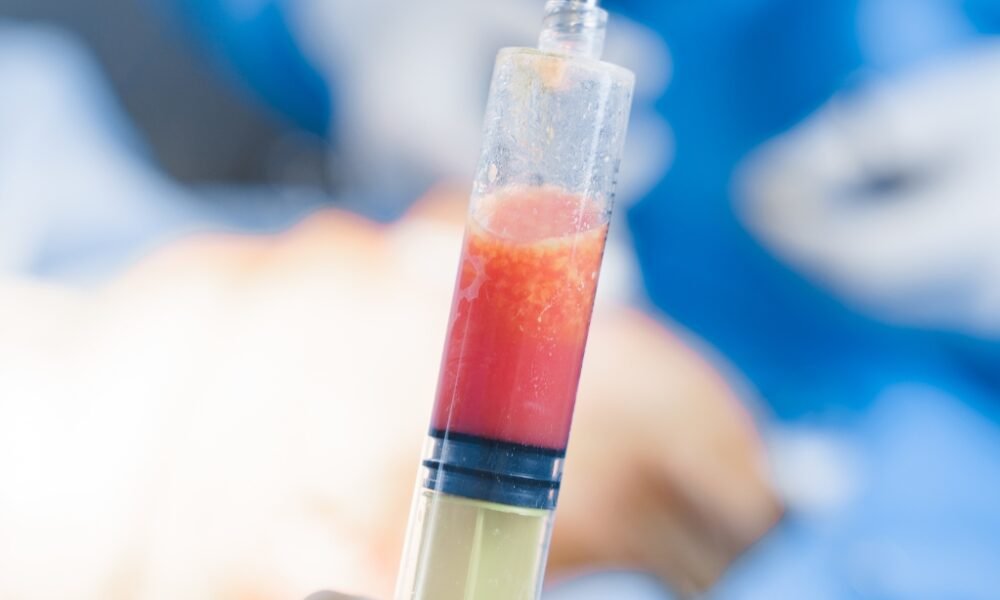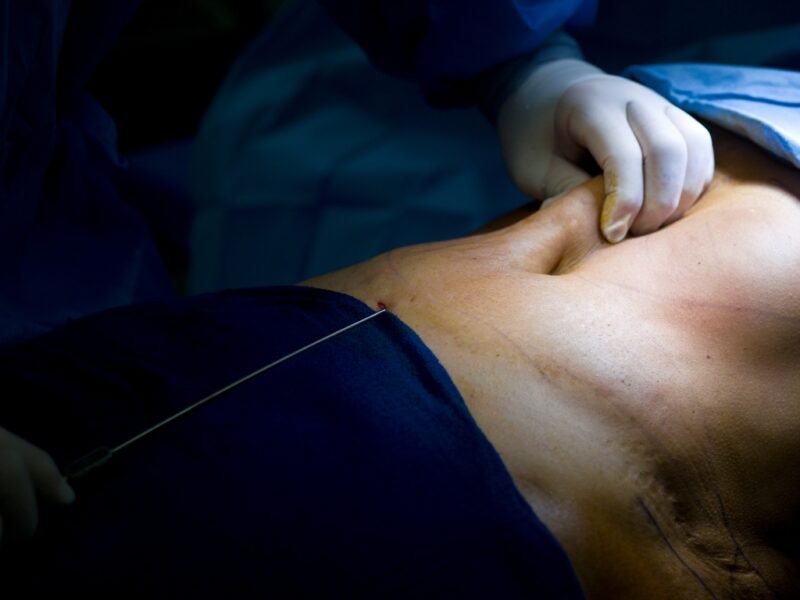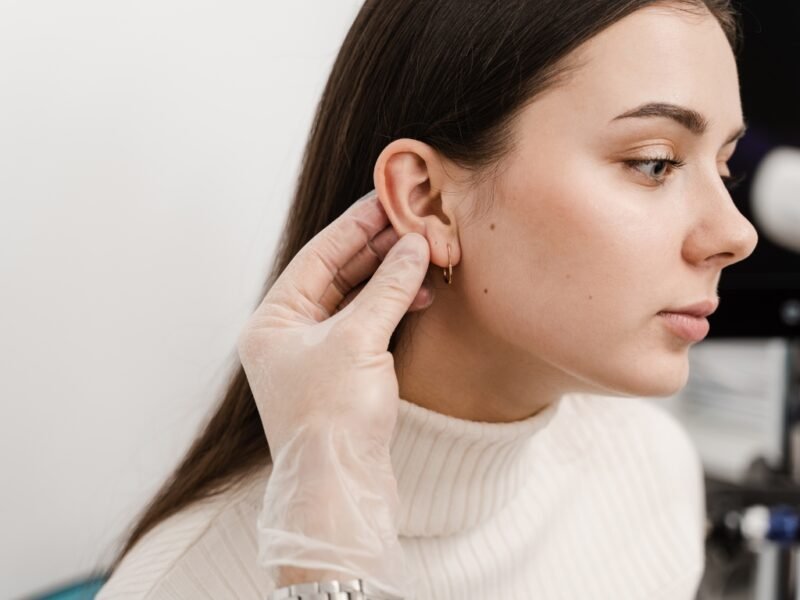Lipofilling, also known as autologous fat grafting, is a surgical procedure that involves transferring fat from one area of the body to another. This procedure is frequently used in cosmetic and reconstructive surgery to increase or restore volume in different body areas.
Fat serves as a natural filler, and this method does not trigger an immune response in the body. The transfer is performed from any area of the body with excess fat.
Types of Lipofilling
Facial Lipofilling
This involves removing excess fat from areas like the abdomen or thighs through liposuction. The extracted fat is then processed and injected into specific areas of the face to restore volume and improve contours.
Breast Lipofilling
Used to enhance breast size and shape using the patient's own fat. The extracted fat is processed and purified before being injected into the breasts to increase volume and improve contour.
Buttock Augmentation
This procedure involves two main steps: liposuction and fat transfer. Excess fat is first removed from areas of the body, typically the abdomen, hips, or thighs, using liposuction. The harvested fat is then processed and injected into the buttocks to create a fuller and more rounded appearance.
Contraindications
- Tumor diseases
- Pregnancy
- Cardiovascular diseases
- Diabetes
How Lipofilling is Performed
Lipofilling is typically carried out under local and general anesthesia. The surgeon makes a small incision in the donor area and inserts a thin tube to suction out excess fat. The collected fat undergoes a process to separate viable fat cells from blood and epithelial tissue. The purified fat cells are then injected into the target area using a syringe or cannula.
After Lipofilling
After the procedure, wearing a compression garment is necessary. Swelling, bruising, and discomfort may occur in both the donor and injection areas. The final result becomes visible after three weeks, as the fat cells establish blood supply. A follow-up visit with the doctor is recommended at that time.



